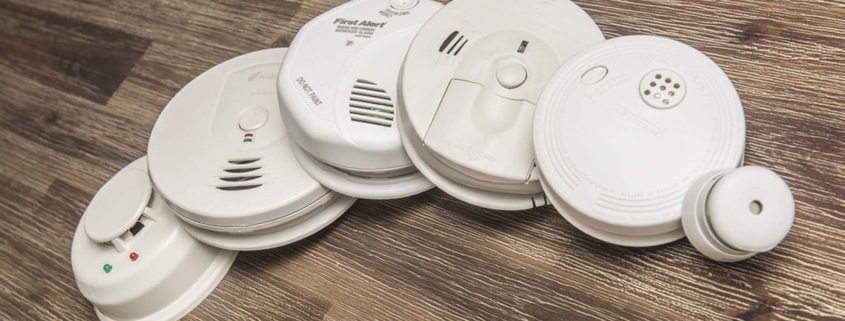Smoke Detectors in the Home
Fire safety for you and your family
Properly installed and functioning smoke alarms may be the cheapest, easiest and most effective means for protecting your family and home from a fire. Smoke alarms are an important part of a home fire escape plan. During a fire, smoke spreads very quickly, and smoke alarms can provide you valuable time to get out of the home. Smoke alarms that are properly installed and maintained play a vital role in reducing fire deaths and injuries.
According to the National Fire Protection Association, three out of four in-home fire deaths occur in homes without a working smoke alarm. In house fires where the smoke alarms did not sound, it was discovered that half of the alarms had missing or disconnected batteries. This article was created to provide information about the importance of working smoke alarms.
Fire safety facts
- A closed door may slow the spread of smoke, heat, and fire
- Smoke alarms should be installed inside every sleeping room, outside each separate sleeping area, and on every level. Smoke alarms should be connected so when one sounds, they all sound. Most homes do not have this level of protection, but it is recommended
- Roughly 3 out of 5 fire deaths happen in homes with no smoke alarms or no working smoke alarms
Safety Tips
- Smoke alarms should be installed in every bedroom. They should also be outside each sleeping area and on every level of the home. Install alarms in the basement.
- Large homes may need extra smoke alarms.
- It is best to use interconnected smoke alarms. When one smoke alarm sounds, they all sound.
- Test all smoke alarms at least once a month. Press the test button to be sure the alarm is working.
- Replace batteries in all of your smoke alarms (both hard-wired and battery-operated) at least once a year, or when the alarm chirps, indicating a low battery.
- Current alarms on the market employ different types of technology including multi-sensing, which could include smoke and carbon monoxide combined.
- Today’s smoke alarms will be more technologically advanced to respond to a multitude of fire conditions, yet mitigate false alarms.
- A smoke alarm should be on the ceiling or high on a wall. Keep smoke alarms away from the kitchen to reduce false alarms. They should be at least 10 feet (3 meters) from the stove.
- People who are hard-of-hearing or deaf can use special alarms. These alarms have strobe lights and bed shakers.
- Replace all smoke alarms when they are 10 years old.
Smoke Detection Technologies
The two most commonly recognized smoke detection technologies are ionization smoke detection and photoelectric smoke detection.
Ionization smoke alarms are generally more responsive to flaming fires. When smoke enters the chamber of an ionization alarm, it disrupts the flow of ions, thus reducing the flow of elctricity. When the flow of electricity is reduced, the alarm goes off.
Photoelectric smoke alarms are generally more responsive to fires that begin with a long period of smoldering. Photoelectric-type alarms aim a light source into a sensing chamber at an angle away from the sensor. As smoke enters the detector, the smoke particles interrupt the light beam, scattering it in several directions. Some of the light scatters toward the sensor, and when light hits the sensor, the alarm goes off.
There are smoke alarms available that are both photoelectric and ionization.
Call or Email Us Today!
Buying or selling a home in the Jacksonville FL area? Our detailed home inspection consists of a thorough examination of all systems and components of the home. See one of our sample home inspection reports and read our 5-star home inspection Jacksonville FL reviews. We’re always here to answer any questions, whether it’s weeks, months or years after your home inspection. Let our local, Jacksonville FL home inspectors help you make an informed decision.
Bold City Home Inspections provides home inspection services to all of Duval, St. Johns, Clay and Nassau counties. Click the button below for a FREE, no-obligation home inspection quote:





